What to know
- The Library tab in Google Photos is now called ‘Collections’.
- Collections reorganizes the library page by arranging content based on categories and adds shortcuts and suggested options to access groups of photos fast.
- Collections is rolling out as part of a Google Photos update for Android and iOS users, and looks to be the final version before the release of Ask Photos, an AI search feature for Google Photos.
The library tab in Google Photos is getting a makeover. From now on, that space will be known as ‘Collections’, and will continue to house much of the same options as before, such as albums, locked folders, favorites, etc.
But the change is not in name alone. Google has moved things around so their arrangement makes more sense. Most of the tools that were under the ‘Utilities’ folder are now found at the bottom of Collections. Some of these will appear under ‘Suggestions’ at the top as well. But private folders like the ‘Locked’ folder will remain at the bottom and out of sight – you know, how things should’ve always been.
Google has also made finding content easier with separate folders for “Documents”, “People and pets”, photos and videos “On this device”, and even one for “Places”. All your albums are also housed within their own “Albums” folder.
Previously, the Library tab had more than half the screen space dedicated to individual albums. With Collections, you can find most of the content arranged intelligently, automatically, all in one place. It also makes Google Photos tabs a little less cluttered with infrequently used options.
Categorizing images based on content and not just by albums seems to make more sense, especially as Google prepares the groundwork to launch Ask Photos – a Gemini-powered photo assistant that will let you search and find photos with prompts alone. And sure enough, you’ll find the ‘Search’ tab has also been redesigned to appear simpler and geared towards natural queries, recent search, and suggestions based on your search history.
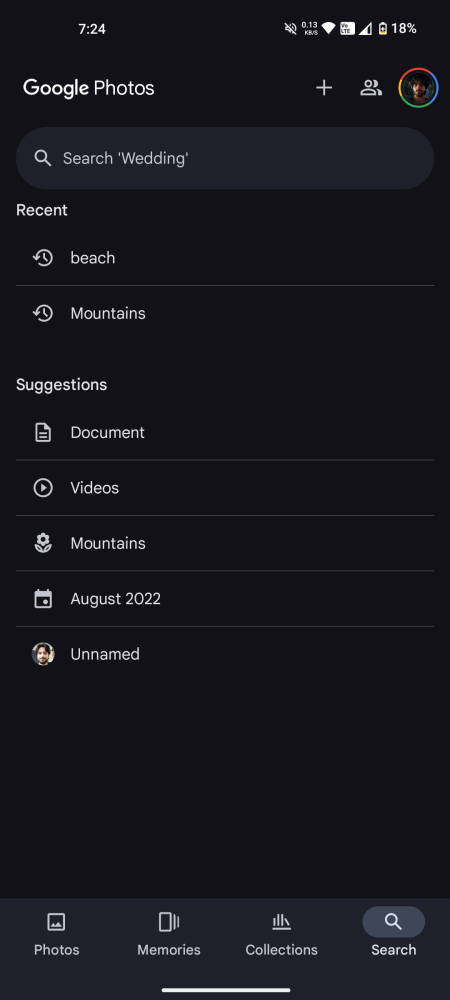
The changes are currently being rolled out to Android and iOS users.

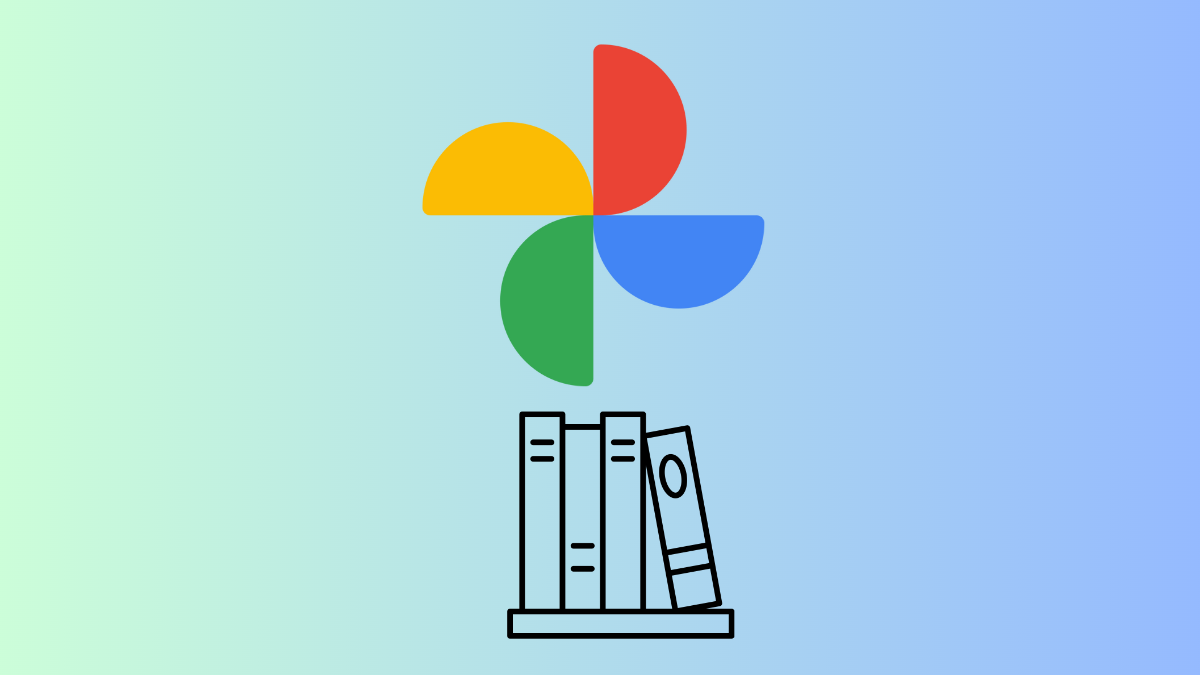
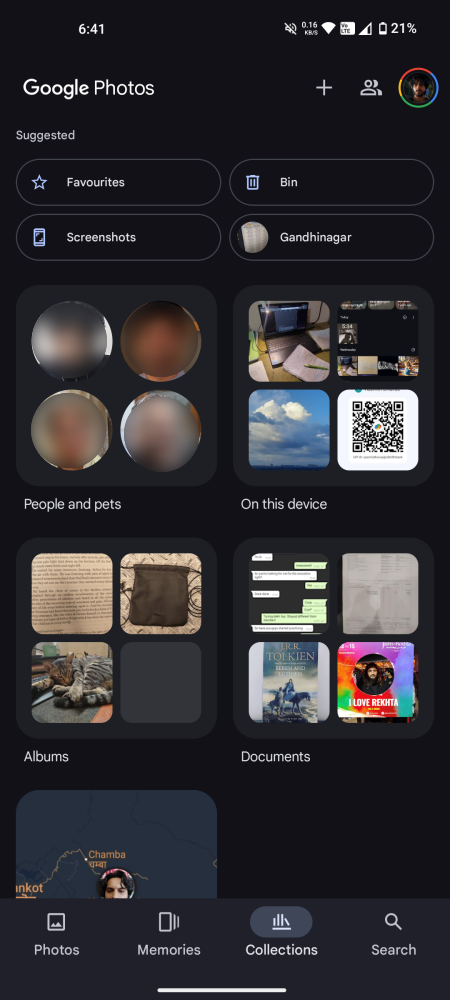
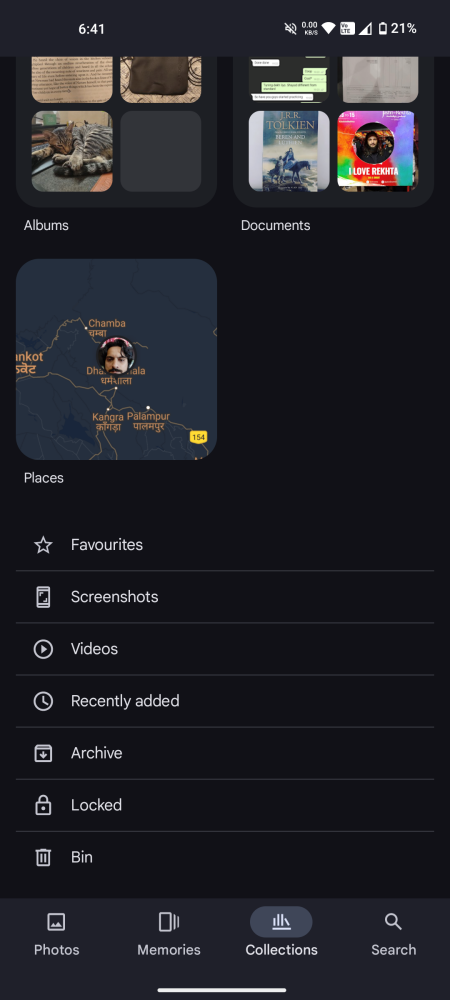
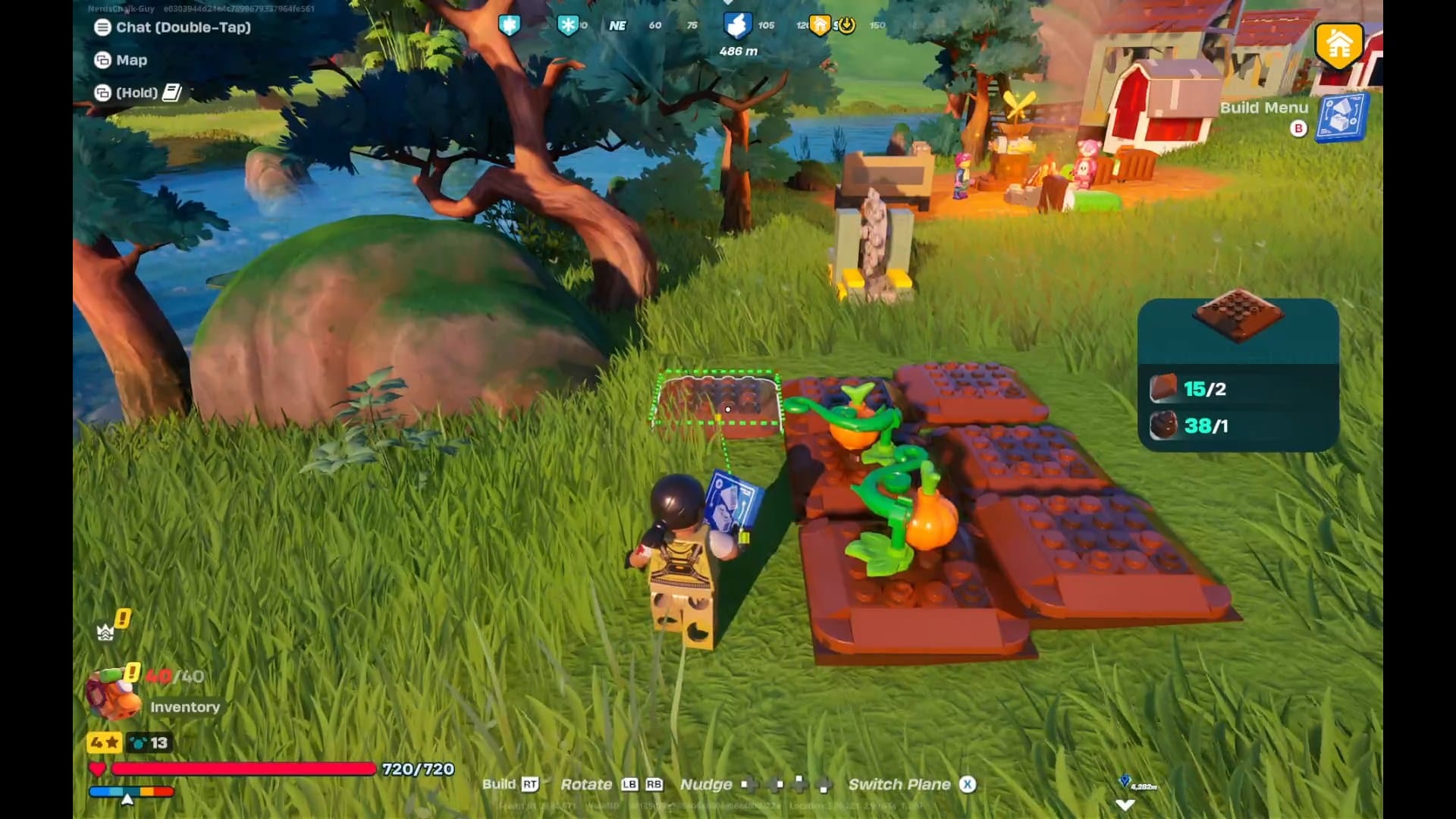
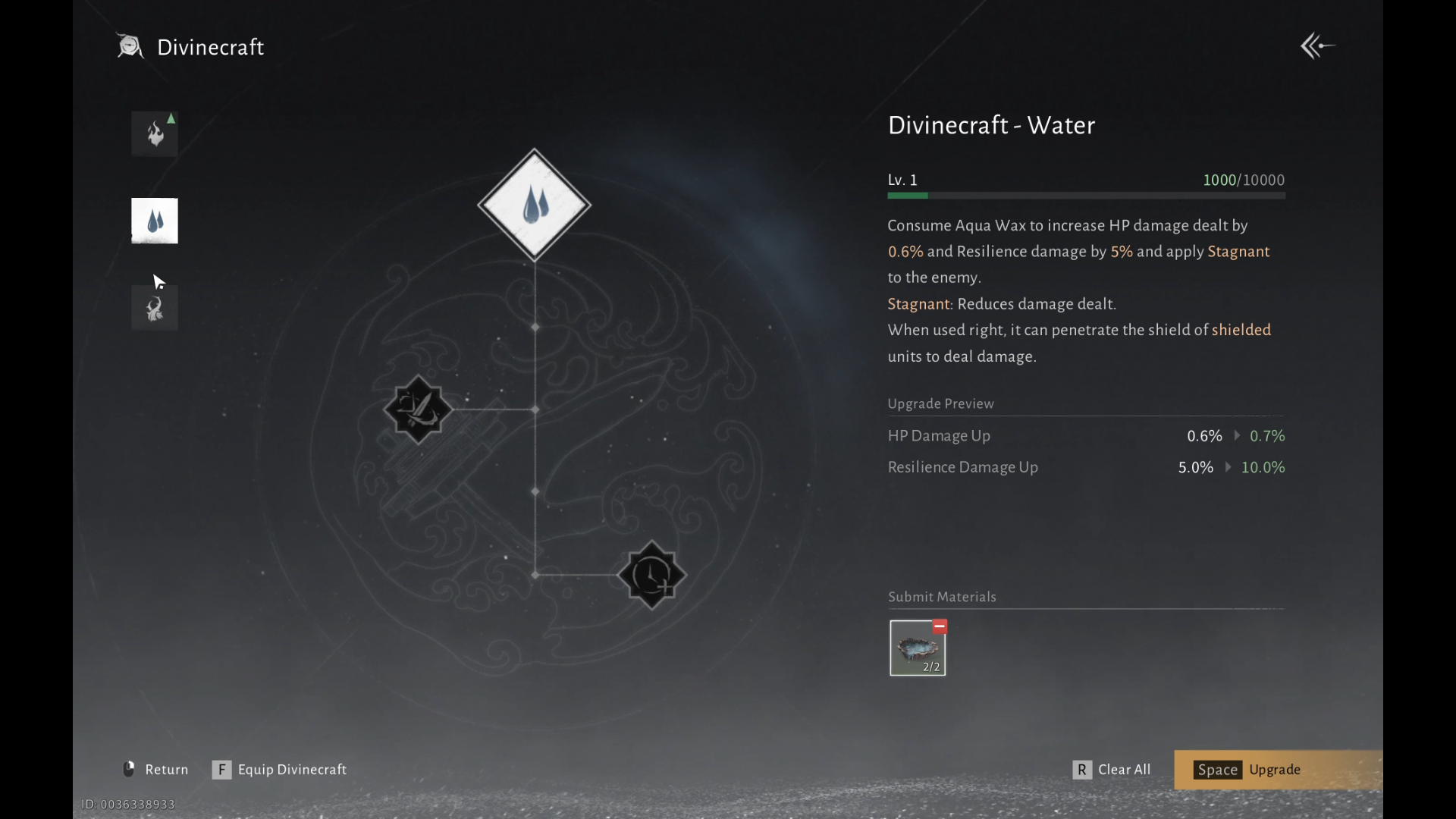
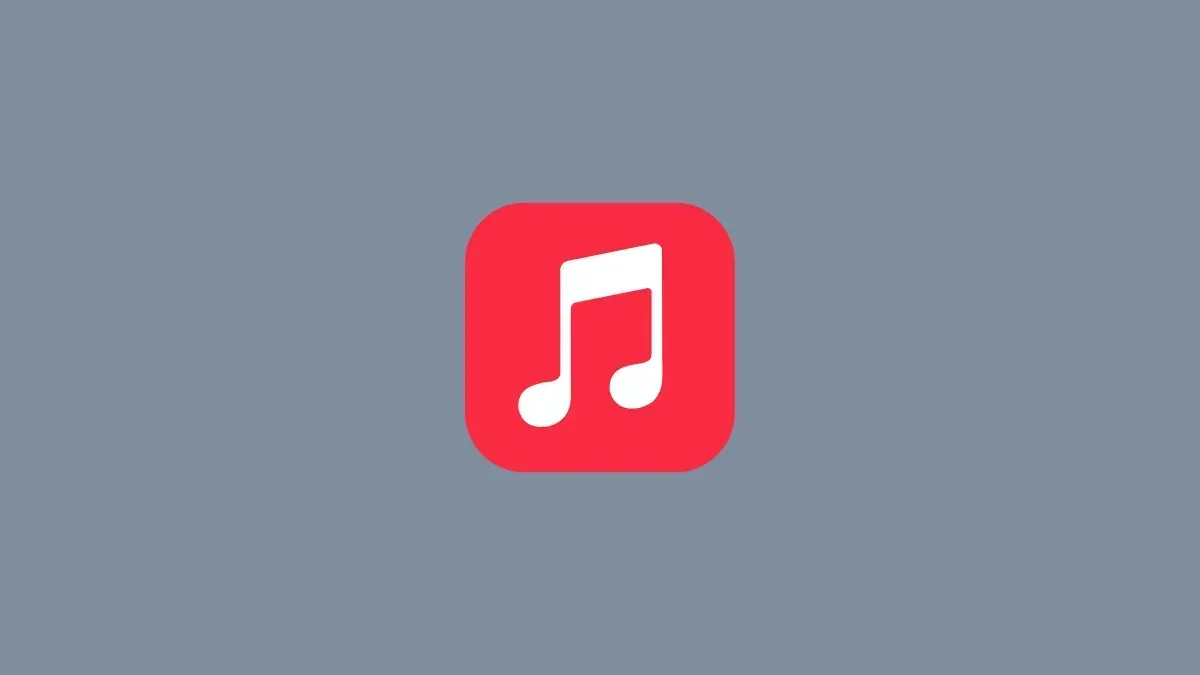
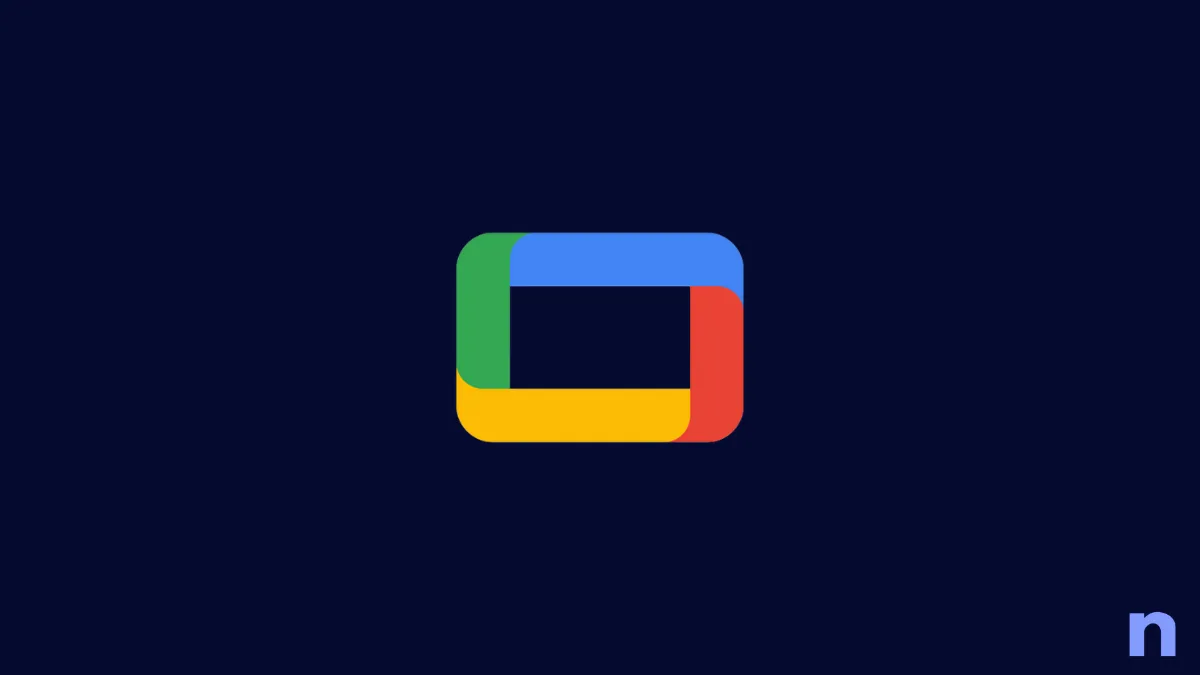
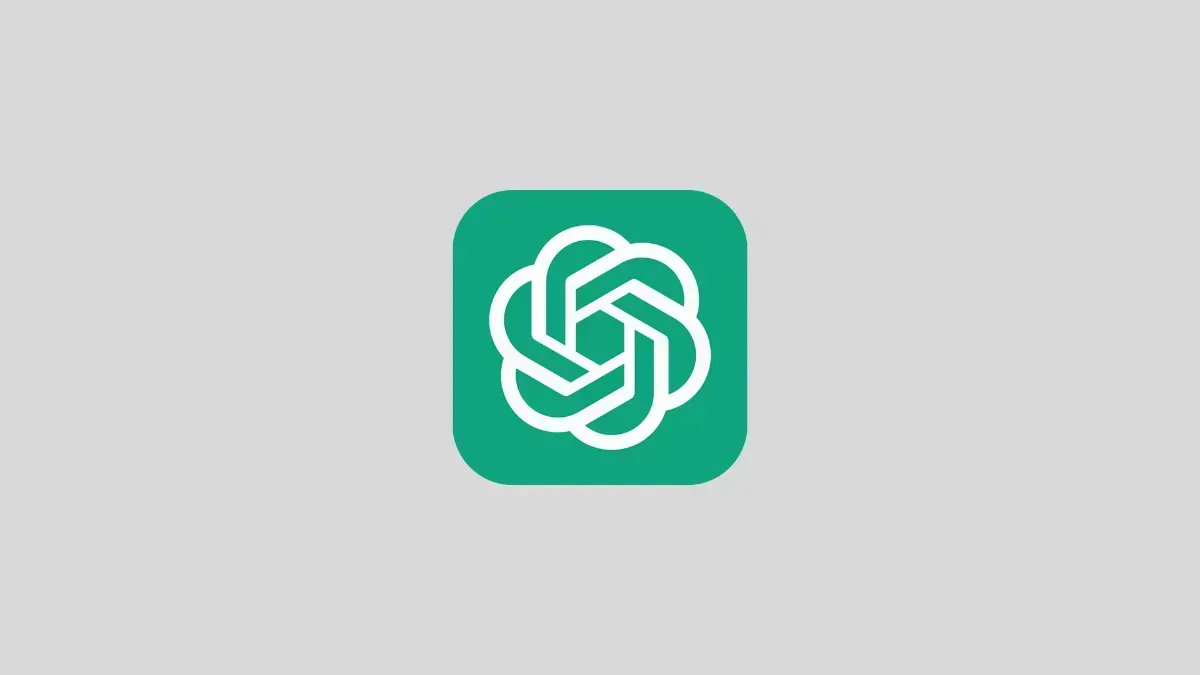
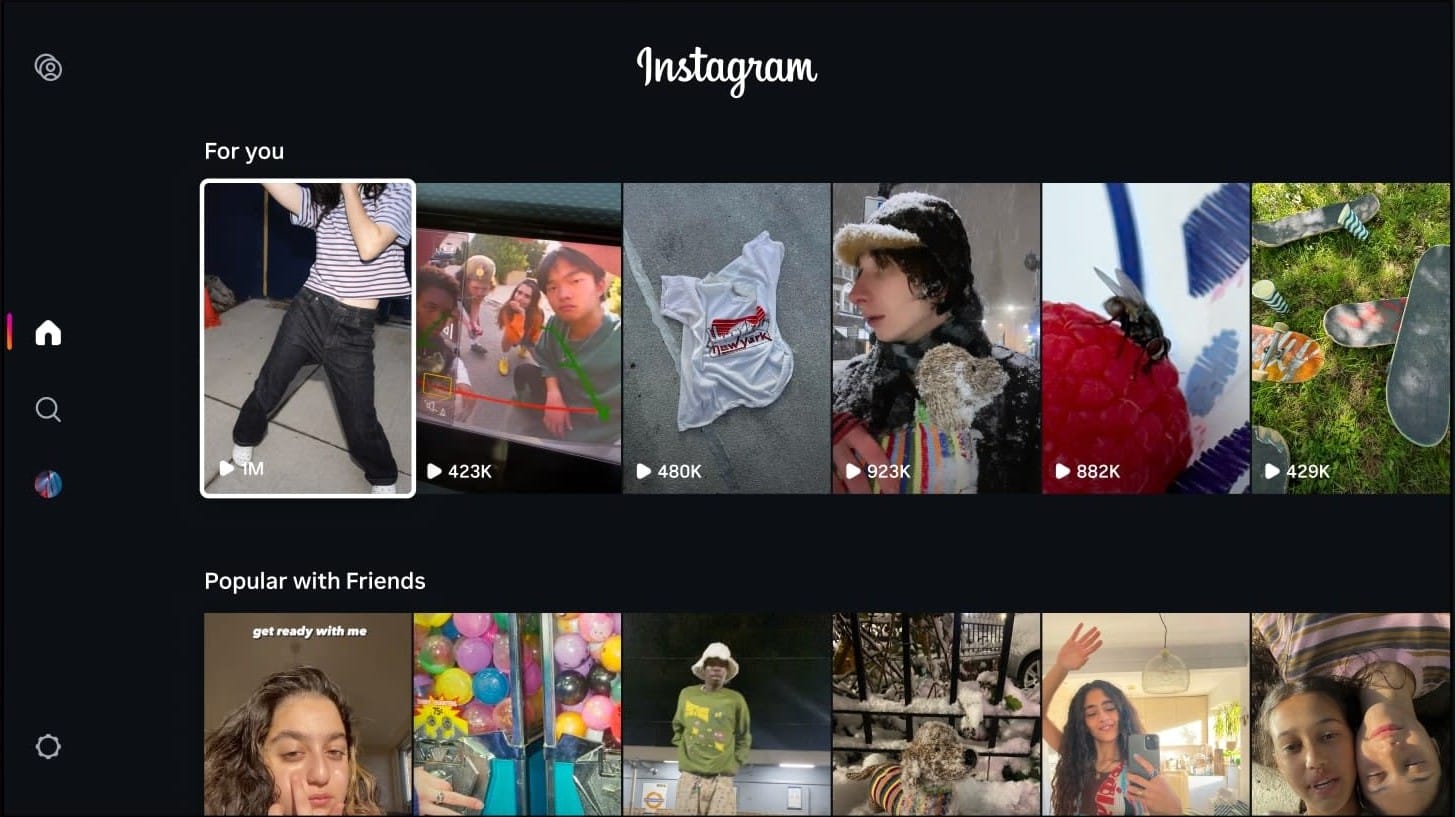
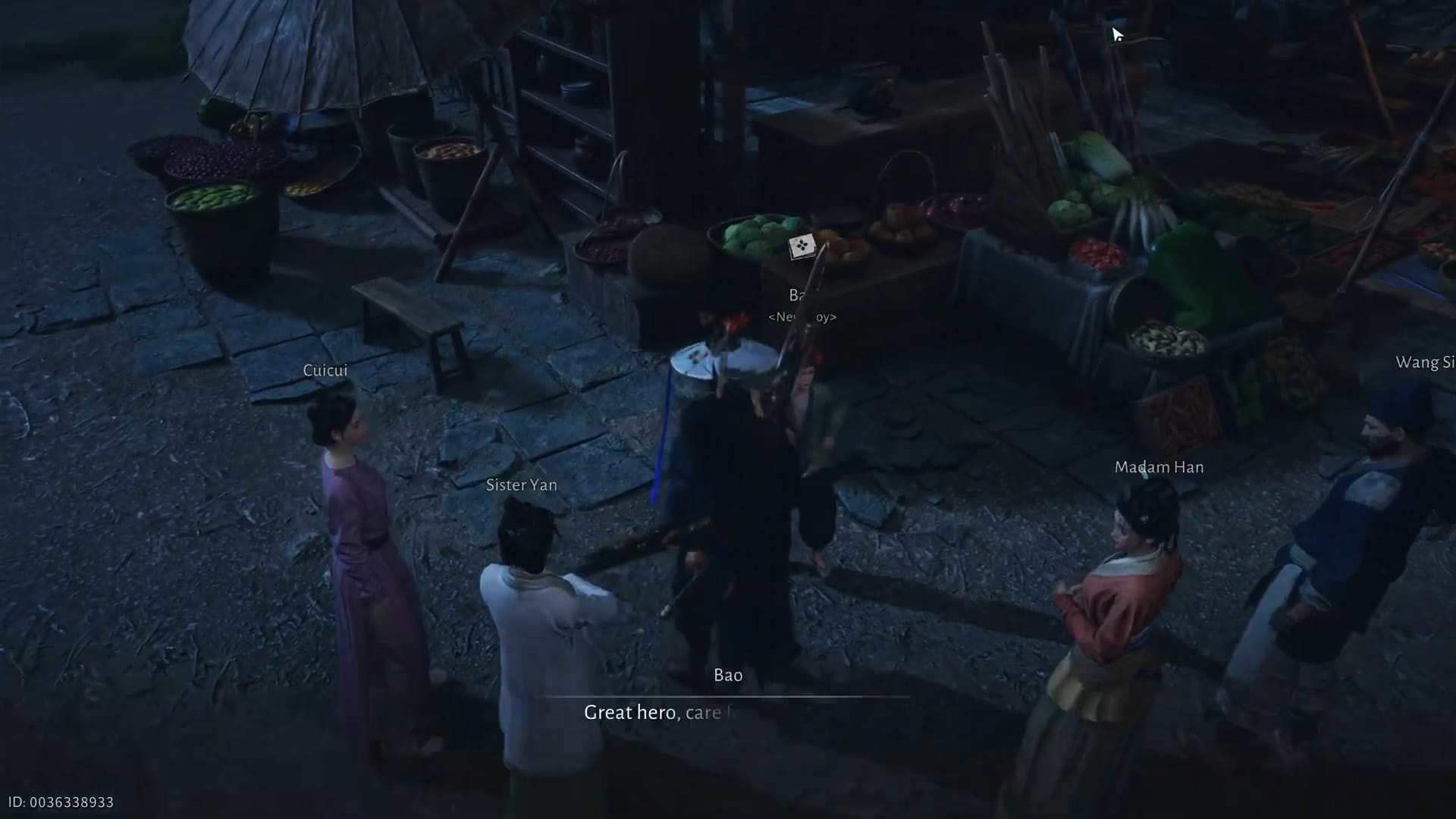


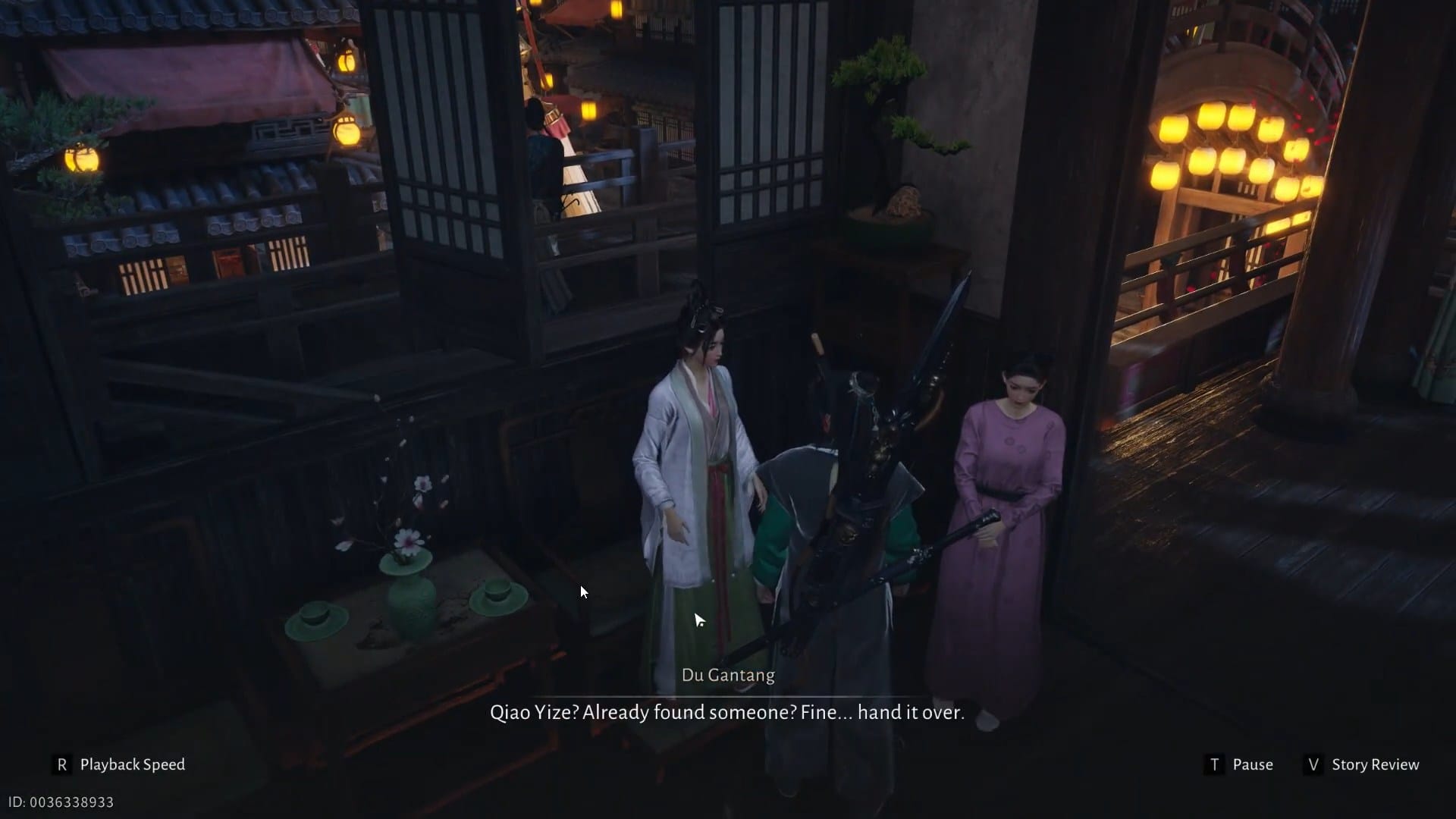

Discussion